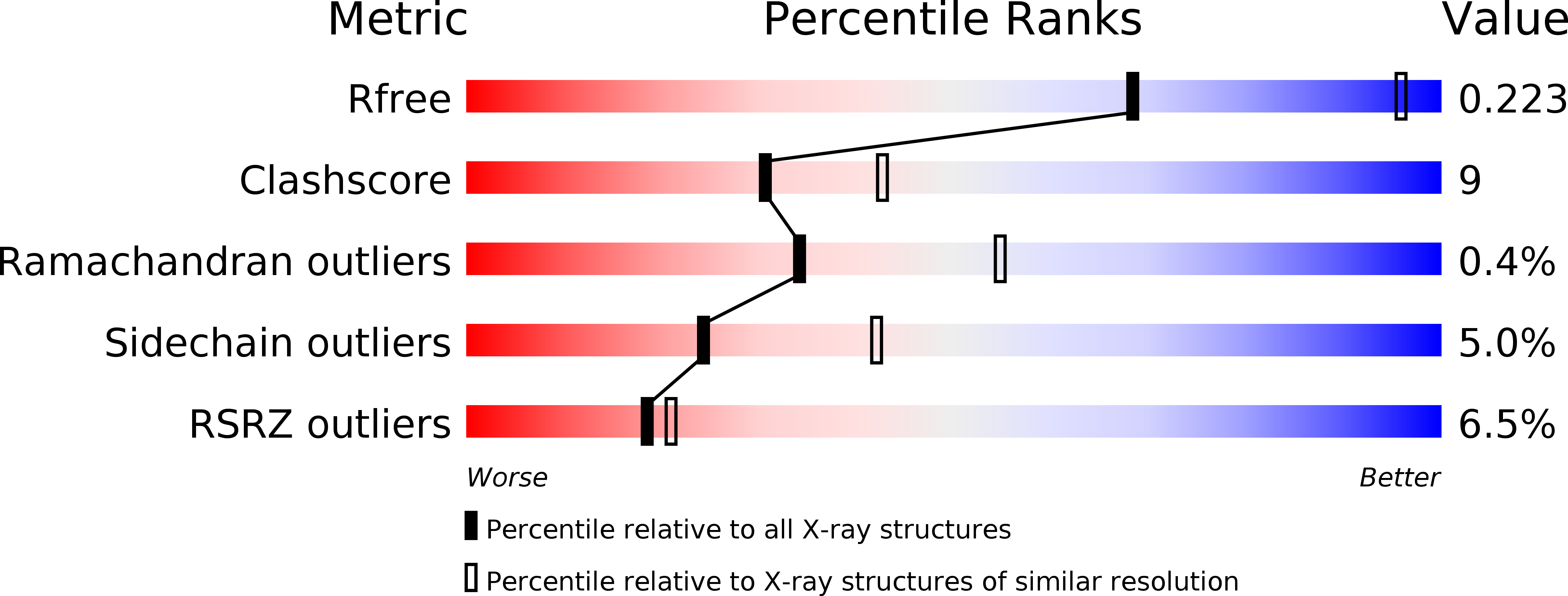
Deposition Date
2012-08-29
Release Date
2013-04-10
Last Version Date
2023-09-13
Entry Detail
Biological Source:
Source Organism:
Bacteroides thetaiotaomicron (Taxon ID: 818)
Host Organism:
Method Details:
Experimental Method:
Resolution:
2.73 Å
R-Value Free:
0.22
R-Value Work:
0.18
R-Value Observed:
0.18
Space Group:
P 1


